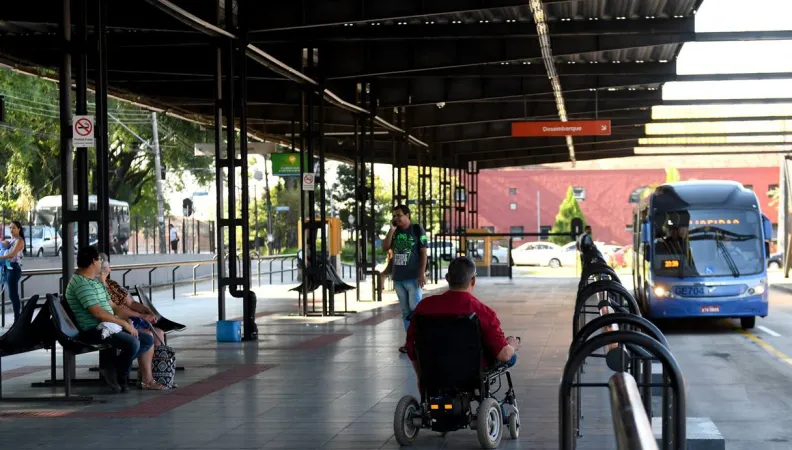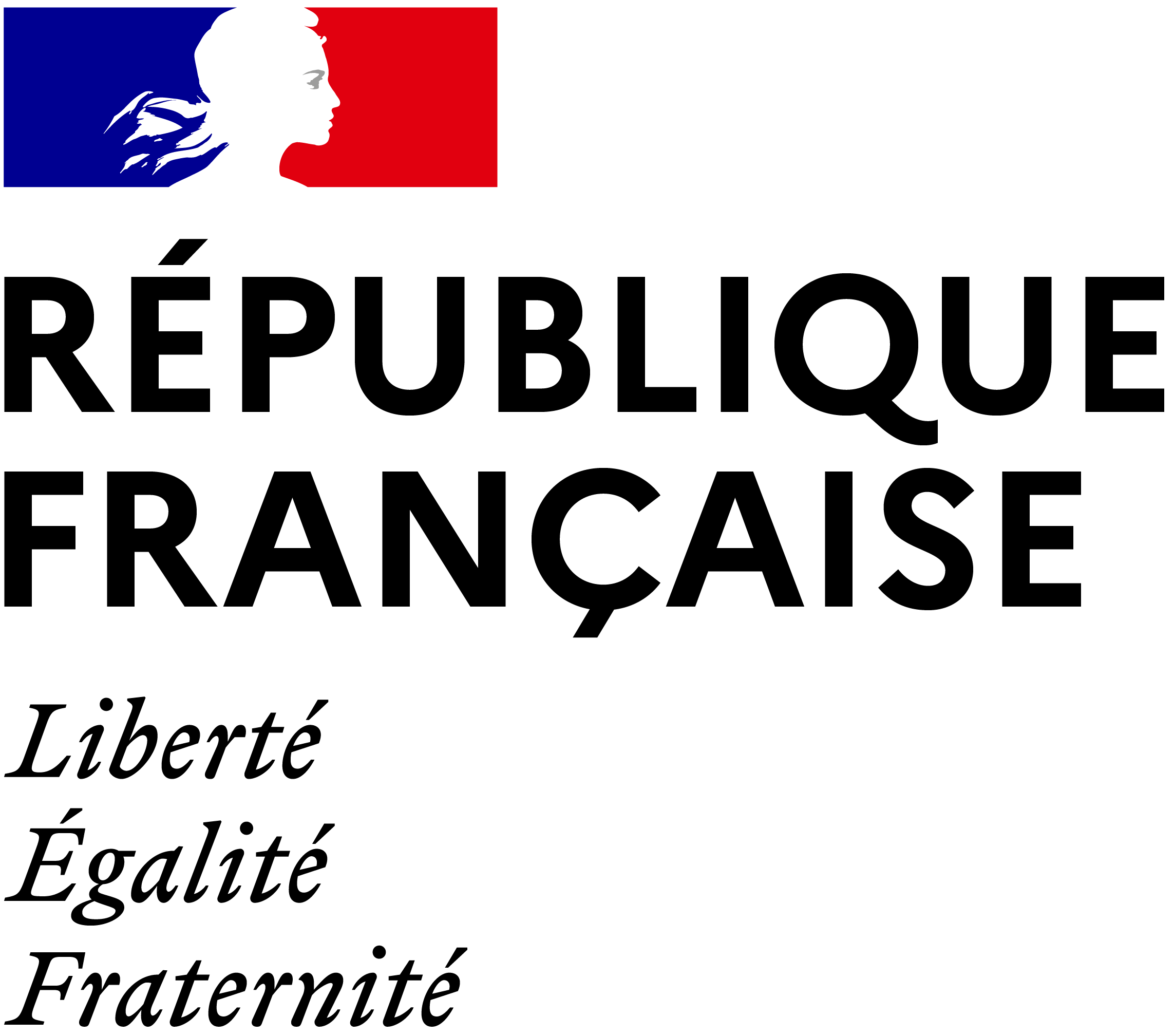Share the page
Supporting sustainable urban mobility in Curitiba
Project


-
Project start date
-
Status
Ongoing
-
Project duration
-
20 years
-
AFD financing amount
-
€ 36150000
-
Country and region
-
Location
-
Curitiba
-
Type of financing
-
Beneficiaries
-
Curitiba Municipality
The city of Curitiba is continuing its urban development policy which aims to extend public transport provision and to create an ecological corridor across the municipality in order to preserve its biodiversity.
Context
The city of Curitiba, the capital of Paraná State in southern Brazil, is the country’s fifth largest economic hub. It is also located in one of the planet’s 34 biodiversity hotspots – areas with abundant flora and fauna, but which are particularly threatened. Curitiba has a plan designed by the French urban planner Alfred Agache, who designed the layout of the main avenues in 1943. Since the 1960s, it has opted for sustainable urban development. The city is a pioneer and has integrated this notion into all its public policies, with the aim of reconciling housing development with the preservation of the urban environment. Curitiba was long considered as a showcase for Brazil due to its innovative program to protect urban biodiversity and its highly efficient integrated transport system.
Today, it needs to address the strong growth of its population and the increase in motorization. The municipality called on AFD for a long-term partnership to address these issues and plan the city of the future. AFD decided to directly support this municipality. This is a first for AFD in terms of promoting biodiversity in urban areas.
Description
In order to ensure that mobility remains accessible to all, AFD is supporting the extension of the public transport network through the creation of a sixth bus rapid transit (BRT) line running on biofuel: Linha Verde.It will be surrounded by green areas and bike paths. In addition, an extensive travel survey of residents and the modeling of their needs will make it possible to plan future services in order to adapt it to the city’s growth.
The project also comprises the recovery of the borders and the natural spaces along the River Barigui. The making of parks, preserving local flora and fighting against erosion and water pollution, will allow a long ecological corridor to be created across the city. The programme also includes awareness-raising and capacity-building actions for the protection of the environnement, as well as the preservation of biodiversity in urban areas.
Impacts
- Creation of a Sixth Bus Rapid Transit (BRT) line, along a 22 km-long route, that will allow the integration of adjacent neighborhoods where 32% of the population of the city live.
- Launching of 4 new parks since 2014, built up along the borders of River Barigui in order to create an ecological corridor that will preserve urban biodiversity.
- The retention ponds created in the parks also play a strategic role in reducing the risk of flooding.


